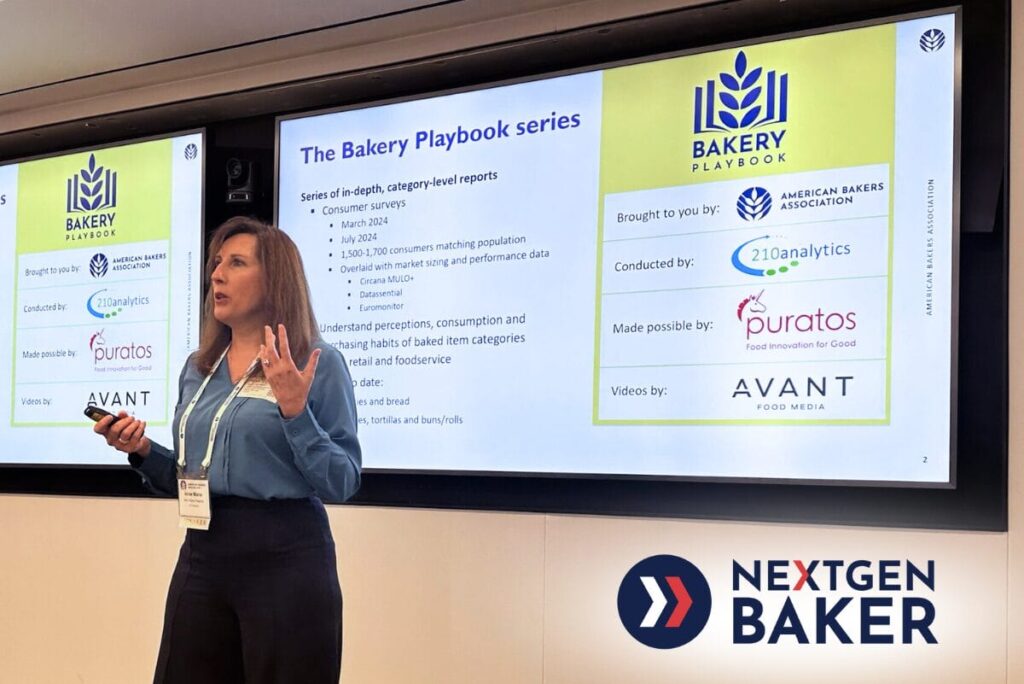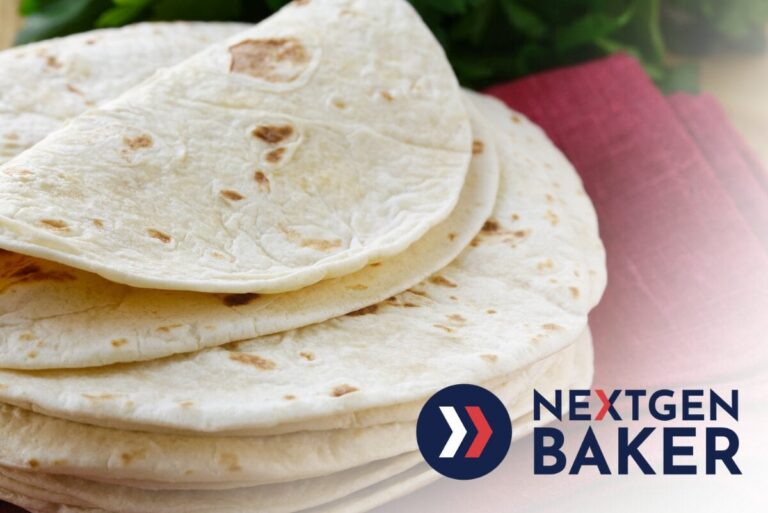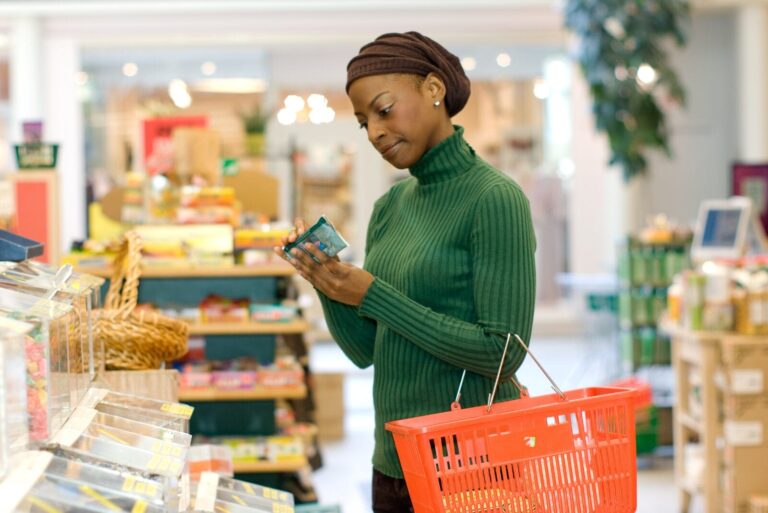WASHINGTON, DC — As brands look to grow sales, meeting consumers where they are is key. During the NextGenBaker Leadership Forum, presented by the American Bakers Association (ABA) and held September 30-October 1 in Washington, DC, Anne-Marie Roerink, president of 210 Analytics, shared three distinct ways brands can grow their sales.
According to The Bakery Playbook 2024, a consumer research study series from ABA, conducted by Roerink, sales grow when more people buy, buy more often, or spend a little bit more.
To influence consumer purchasing habits, brands can strategically place their products outside of their traditional sections and utilize secondary displays.
“When we look at annual trips, there’s an average of 65 trips,” Roerink said. “That means, in just total groceries alone, people buy baked goods more than once a week. That sounds good until you look at total food and beverage and there are 217 trips per year. So, we still have an opportunity to convert better when people are in the store.”








